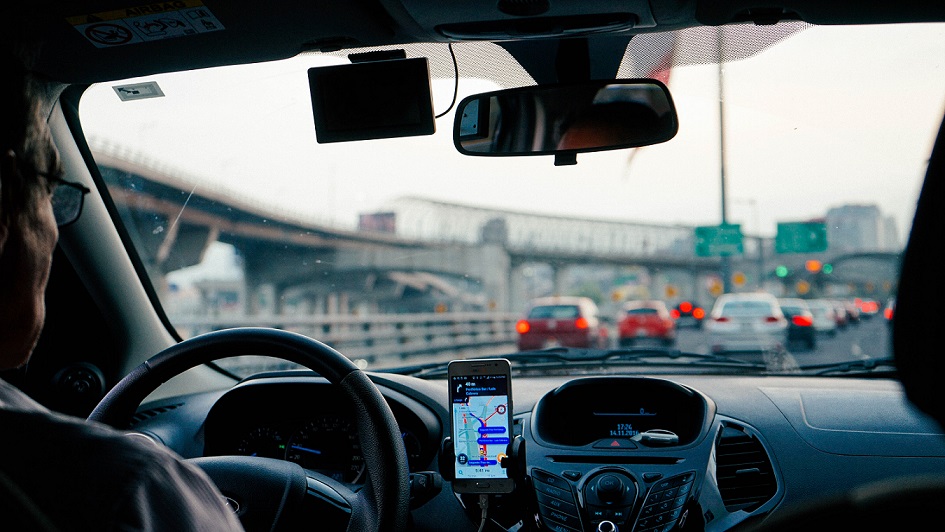
Economists love Uber. Or at least, it’s imperative that they do because it’s the closest you can get to taking the pure economic theory of textbooks and summoning it to real life. Uber managed to create an open market, governed strictly by the forces of demand and supply.
Uber is one of the highest valued private companies in the world. More than 10,000,000 rides are booked on a daily basis across 600+ cities and 75+ countries. One of the major reasons why Uber is so successful is its convenience. It is important to understand the fact that Uber is not a transportation company, but merely a platform- where drivers and riders interact, except that the price is set by Uber (that’s the catch). Some people may be of the opinion that Uber is an example of disruptive innovation: single-handedly taking on the taxi-market and forcing most taxi drivers to go out of business. Albeit that may be true, it has led to consumer satisfaction and is helping meet their demands in terms of transportation. It took out the most outdated and inefficient taxi monopoly and replaced the same with a highly efficient service.
Uber uses the concepts of Game Theory (it is a decision-making tool that companies, individuals and governments use to make strategic decisions) to strategise its business model. Uber’s Pricing Strategy and its policies towards the independent cab owners, is what sets the company apart from the likes of Lyft and Ola. Uber is playing a constant ‘game’ with its cab drivers to lure them into driving for them, and not switch over to its competitors. As for consumers, Uber relies heavily on the ‘Network Effect’- Mr. X joins Uber hearing of it from Mr. Y and so on.
The most fascinating part of Uber’s business model is its Pricing Strategy. Uber calculates its price in the following way: Base Price + per Min Rate * Time Spent in Car + Distance * per Mile Rate + Booking Fee + Miscellaneous Fees.
When the demand exceeds supply, this model is further multiplied by a ‘surge price’. It also uses Machine Learning to understand and predict how much a consumer would be willing to pay in a particular route. Uber’s innovations reflect the changing ways companies are treating its workers. Its drivers are officially independent business owners rather than traditional employees with set schedules. This allows Uber to minimize labor costs (no minimum wages, no gas reimbursement, no overtime compensation, no paid leave and no health insurance), but means it cannot compel drivers to show up at a specific place and time. The drivers can manipulate the algorithm as well- drivers logging out of the Application at the same time leads to a decrease in supply and results in a surge price upon a consumer trying to book a ride. This lack of control can wreak havoc on a service whose goal is to seamlessly transport passengers whenever and wherever they want. So what does Uber do to address this issue? The company uses psychological inducements and other techniques unearthed by social science to influence when, where and how long drivers work. It’s a quest for a perfectly efficient system: a balance between rider demand and driver supply at the lowest cost to passengers and the company. By employing hundreds of social scientists and data scientists, Uber has experimented with video game techniques and non-cash rewards of little value that can incentivise drivers into working longer and harder, and sometimes at hours and locations that are less lucrative for them.
The ‘Surge Pricing’ tool is one of Uber’s most vital techniques of making money. When the demand for rides exceeds its supply, Uber rates increase to get more cars on the road and ensure reliability during the busiest times. When enough cars are on the road, prices go back down to normal levels. By simply increasing the price, Uber encourages more drivers to get on the road, till there is enough supply. Many people have protested against this since it exploits people during emergencies or holidays. However, this is not very different from an airline or hotel increasing prices as seats or rooms fill up (Peak Load Pricing System). So, that argument is flawed; well, in business terms, it’s flawed because what Uber is doing with its pricing strategy is sheer genius.
The company also uses the idea of differentiated service products. It gives you an option to choose from an Uber Go, Uber XL, Uber Auto, etc. Now with UberPool, Uber is able to lower the prices even further! The company is merely banking on its customers to pay a little more for a better car.
Though, on paper, Uber seems to be like the perfect company (which maybe it partly is), it does have to face stiff competition from other services that are prevalent in the market. Moreover, when it comes to expansion in other cities and countries, there exists a driver-rider problem. In the future, self-riding cars, for instance, may provide a solution to a number of issues, but that would require the company to revamp its business model, along with having to witness possible competition from Technology giants like Google or the expertise of General Motors/Tesla. Only time, hence, will reveal the future of this revolutionary company.
Srideep has worked with Dr. Duke Ghosh at Global Change Research, on various projects including the Smart Cities Mission India. He has also worked with Dr. Luisa Cortesi (Yale University) during her research in India. Currently, he’s an International Master in Business student at SDA Bocconi. He is an Economics enthusiast.